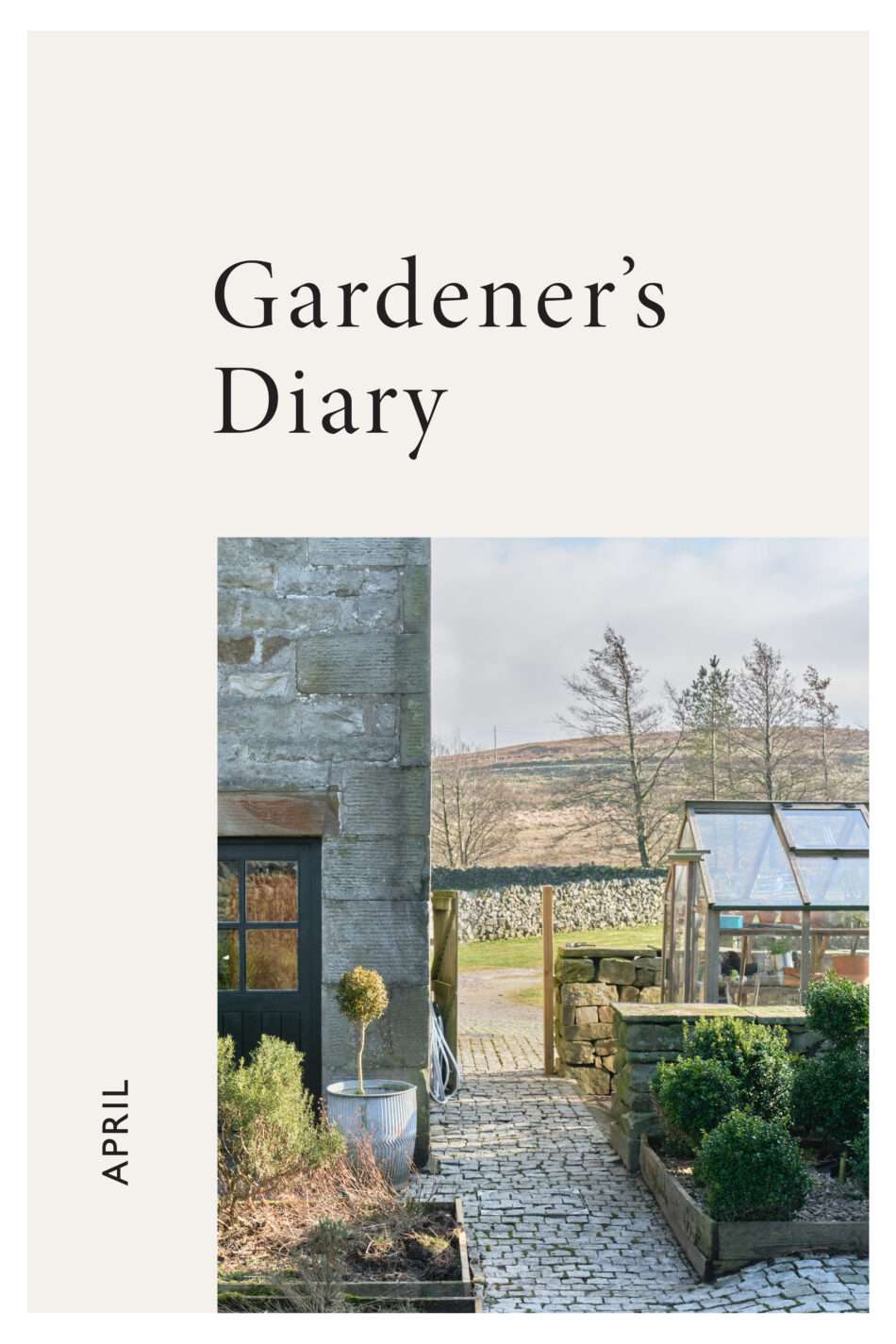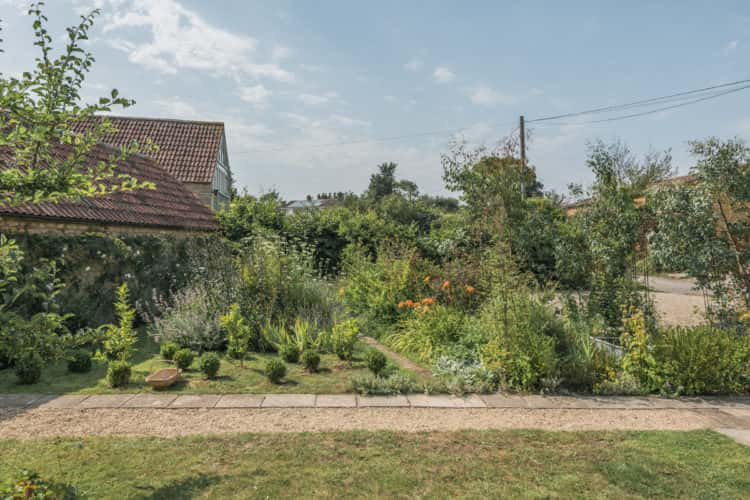Gardener’s Diary: spring gardening tasks in April, from what to sow to enriching your soil


Claire Ratinon shares her spring gardening tasks to do in April to ensure you have a productive, healthy garden in the bountiful months ahead.
What to sow indoors
There’s still plenty of seeds to sow in April as the days begin to grow warmer and last longer; seed will grow with more vigour and speed than those planted earlier in the year.
Successional sowing is a great way to have a continuous supply of edible crops. Using the principle of little and often, I sow a small number of lettuce, rocket and beetroot seeds every couple of weeks so that there’s always younger plants growing behind the ones I’m currently harvesting.
When sowing beetroot, each gnarly seed is a multigerm which means it contains more than one potential plant. I tend to sow three or four seeds per module and then when they emerge, remove all but four to five of the strongest seedlings that will be planted out in a month or so to grow into maturity.
April is the time to sow brassicas that take some time to reach maturity. Purple sprouting broccoli and Cavolo Nero (also known as Nero di Toscano, Dinosaur Kale and Black Italian Cabbage) are my favourites; although they take up a lot of room when they’re fully grown, they’re delicious and worth the investment. I sow two seeds per module or small pot and remove the weaker seedling (unless they both grow strongly, in which case I’ll split them up and use both). I tend not to grow cabbages or cauliflowers as they’re also sizeable but less exciting, in my opinion!
What to sow and grow outdoors
I’m definitely feeling brave enough to sow some peas directly outside this month, although I fear the mice I’ve seen running about will also find them quite interesting…Their seed coat is especially thick so I soak them for a day or two before sowing to give them a head start. Plant each seed to twice its depth (I find a pencil or a chopstick works well as a dibber and is a helpful tool to make the right sized hole) and sow each seed about 7cm apart to give the mature plant the space it will need. Now’s the time to sow all varieties of peas – expect your first harvests from the early and second early varieties, and for your maincrop varieties to deliver a few weeks later.
If you chitted your potatoes in March they’re likely to be ready to go into the ground now. Remove all but four of the strongest shoots that have grown from your seed potatoes and plant them, shoot side up, between five to 10cm deep. Potatoes, like their tomato and aubergine cousins, are very hungry plants so if you’re growing into soil, it’s worth mulching your potato patch generously with compost. The leaves that will soon grow are very sensitive to frost, so be sure to protect any shoots that appear above ground with fleece, compost or a layer of soil if the temperature is predicted to drop below zero.
Gardening tasks
Freezing temperatures are not uncommon in April so keep an eye on the weather forecast and protect new fruit tree blossoms with horticultural fleece to ensure that they bear fruit come the summer and autumn.
Now’s also a good time to mulch your fruit trees and canes with compost to provide them with the nutrients and minerals they need for a productive season ahead. Remove any weeds and give the tree a good water first. Avoid getting the mulch to close to the trunk as this may lead to decay and disease.


